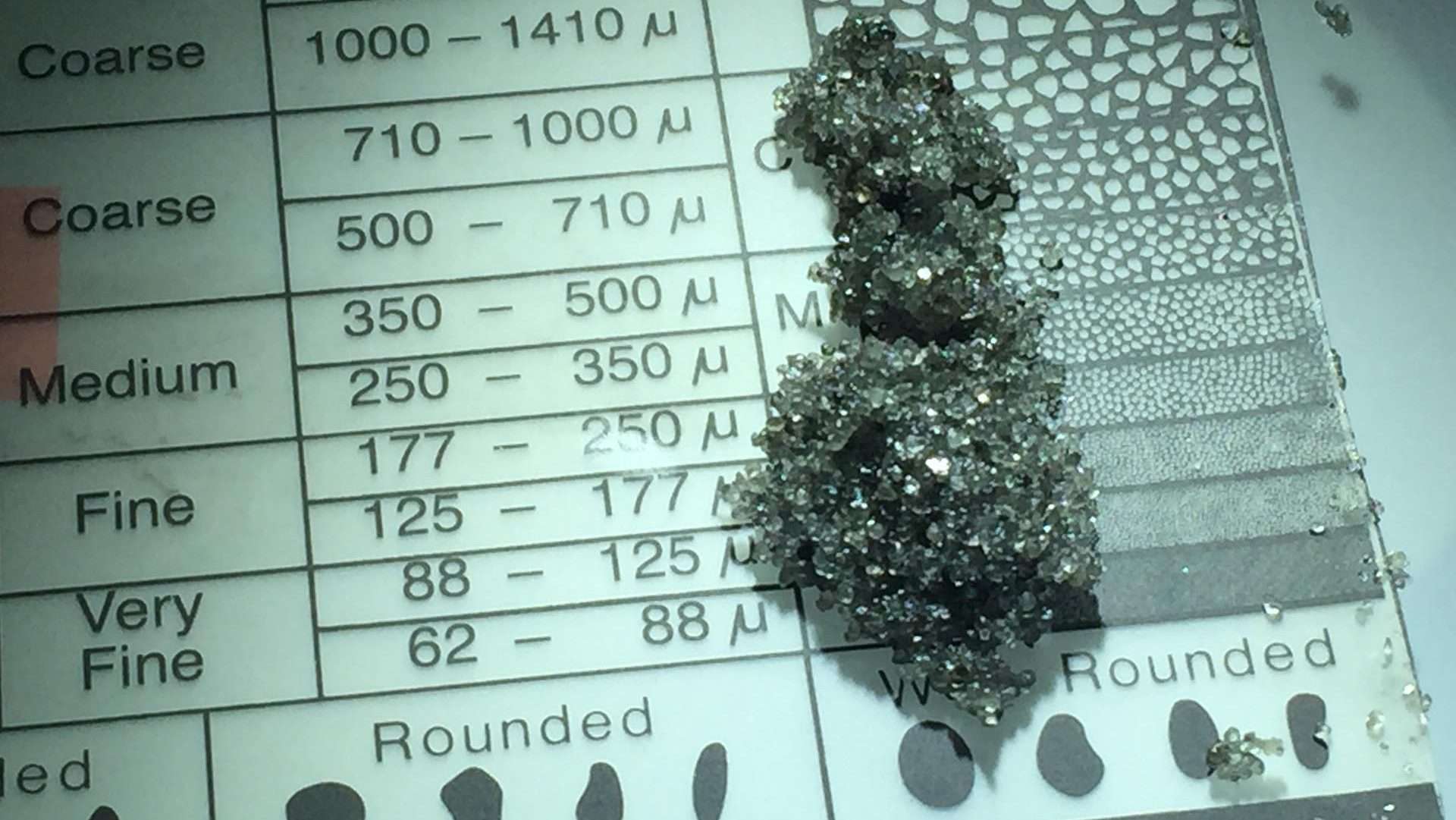Abstract
S.P. log interpretation should preferably be used for qualitative interpretation, since the controlling factors of S.P. amplitude and the interpretation, since the controlling factors of S.P. amplitude and the sources of errors are far too many and quite a few of them are not deter sources of errors are far too many and quite a few of them are not deter minable. Those factors make quantitative interpretation difficult. Some minable. Those factors make quantitative interpretation difficult. Some of these points have been discussed by various authors since S.P. logging of these points have been discussed by various authors since S.P. logging has come into practice. However, a detailed discussion is necessary has come into practice. However, a detailed discussion is necessary because it will add a little more insight to the vagaries and hazards in because it will add a little more insight to the vagaries and hazards in S.P. log interpretation. Mention may be made of the following points: S.P. log interpretation. Mention may be made of the following points: (1) The Electro-chemical component, which forms the major part of the (1) The Electro-chemical component, which forms the major part of the S.P. amplitude, is denoted by the formula Ec = -K log Rmf/Rw where S.P. amplitude, is denoted by the formula Ec = -K log Rmf/Rw where the notations have their usual meaning. This formula appears to be the notations have their usual meaning. This formula appears to be an over simplified one. Only in a very idealized and special case, an over simplified one. Only in a very idealized and special case, the equation Ec = – (KM + K,J) log Rmf/Rw is valid. The Henderson the equation Ec = – (KM + K,J) log Rmf/Rw is valid. The Henderson Equation of diffusion (liquid-junction) potential and Nernst Equation Equation of diffusion (liquid-junction) potential and Nernst Equation of diffusion-adsorption (membrane) potential are valid only in ideal of diffusion-adsorption (membrane) potential are valid only in ideal theoretical situations, i.e., when the liquid junction between the theoretical situations, i.e., when the liquid junction between the electrolytes of two different activities is a sharp undisturbed electrolytes of two different activities is a sharp undisturbed boundary and the shale/clay membranes are ideal cation exchange boundary and the shale/clay membranes are ideal cation exchange membranes. In general, these ideal situations do not exist in the membranes. In general, these ideal situations do not exist in the borehole where the S.P. logs are taken. The nearest approach to borehole where the S.P. logs are taken. The nearest approach to these theoretical values can be made only when the liquid-junction these theoretical values can be made only when the liquid-junction potential is measured with non-polarizable electrodes (viz. Ag-Agcl) potential is measured with non-polarizable electrodes (viz. Ag-Agcl) in the laboratory across a carefully made liquid-junction. The in the laboratory across a carefully made liquid-junction. The value of the liquid-junction potential, measured within a few hours value of the liquid-junction potential, measured within a few hours after the creation of a junction, appears to be the closest to the after the creation of a junction, appears to be the closest to the theoretical value at a fairly high concentration ratio. For a theoretical value at a fairly high concentration ratio. For a disturbed boundary the value of (KJ)measured is found to be less than disturbed boundary the value of (KJ)measured is found to be less than the (K )*** the (K )*** J theoretical.



